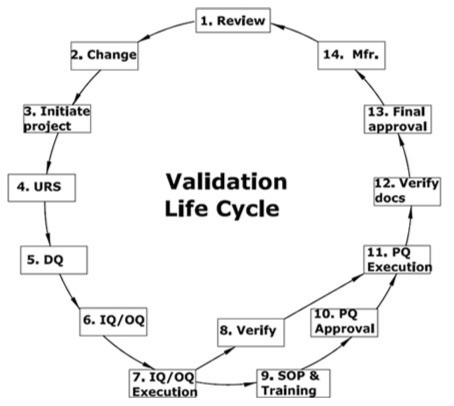Computer System Validation
Computer Systems Validation is not a one-time event. Validation should be considered as part of the complete life cycle of a computer system. This cycle includes the stages of planning, specification, programming, testing commissioning, documentation, operation, monitoring and modifying.
Validation starts when a user department has a need for a new computer system. The department then considers how the system will solve an existing problem. For an existing computer system, validation starts when a system owner is given the task of bringing the system into a validated state.
Our approach to Computer Systems validation

Computer Systems Validation
Our computer system validation consultants have extensive experience in providing leadership to companies seeking to meet regulatory expectations. our experienced CSV team can provide expert project planning and oversight that includes:
- Validation Program, Procedure, and Template Development
- Retrospective Evaluation of Legacy Systems
- Continuous reassessment and re-validation
- Automated or semi-automated processes, controlled by a DCS (distributed control system), PLC (programmable logic controller), or similar computer system Validation Certification Package Development
21 CFR Part11 Compliance
Our expert team will provide regulatory guidance, including 21 CFR Part 11 Compliance, Eudralex 4 Annex 11, and related predicate rules. our experienced CSV team can provide expert project planning and oversight that includes:
- Part 11 Assessment and Scope Definition
- Part 11 Gap Analysis and Remediation Planning
- Part 11 Gap Remediation
- Part 11 Global Compliance Auditing
Software Quality Assurance
- SQA Program and Procedure Development
- SQA Auditing
- SQA SDLC Design, Implementation, and Evaluation
- Document Control Process Development
- Change Control and Configuration Management Implementation
Software Testing
- Test Strategy and Planning
- Test Protocol and Script Development
- Test Script Execution
- Testing Review
- Trace matrix verification
- Functional Requirements and System Design Specifications
- FAT/SAT/IQ/OQ/PQ
System Support and Training
- Redundancy planning
- Disaster recovery planning
- Data retention and archiving
- Change Control and Configuration Management
- Data Migration
- Continuous Improvement
Audits and Assessments
- Internal Audit planning
- Audit Readiness Assessments
- Action Plans
- Gap Assessments
- Risk Assessments
- Electronic Data Integration Assessments
- Mock-Audits